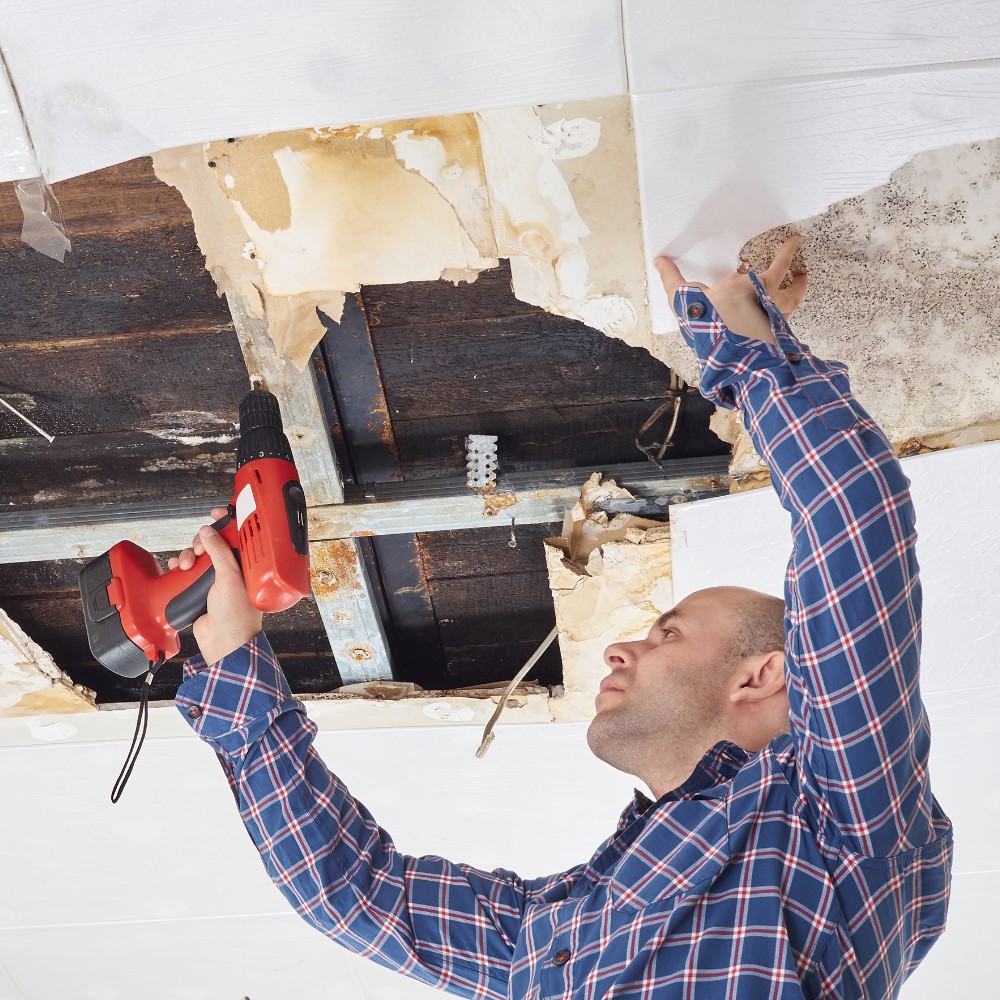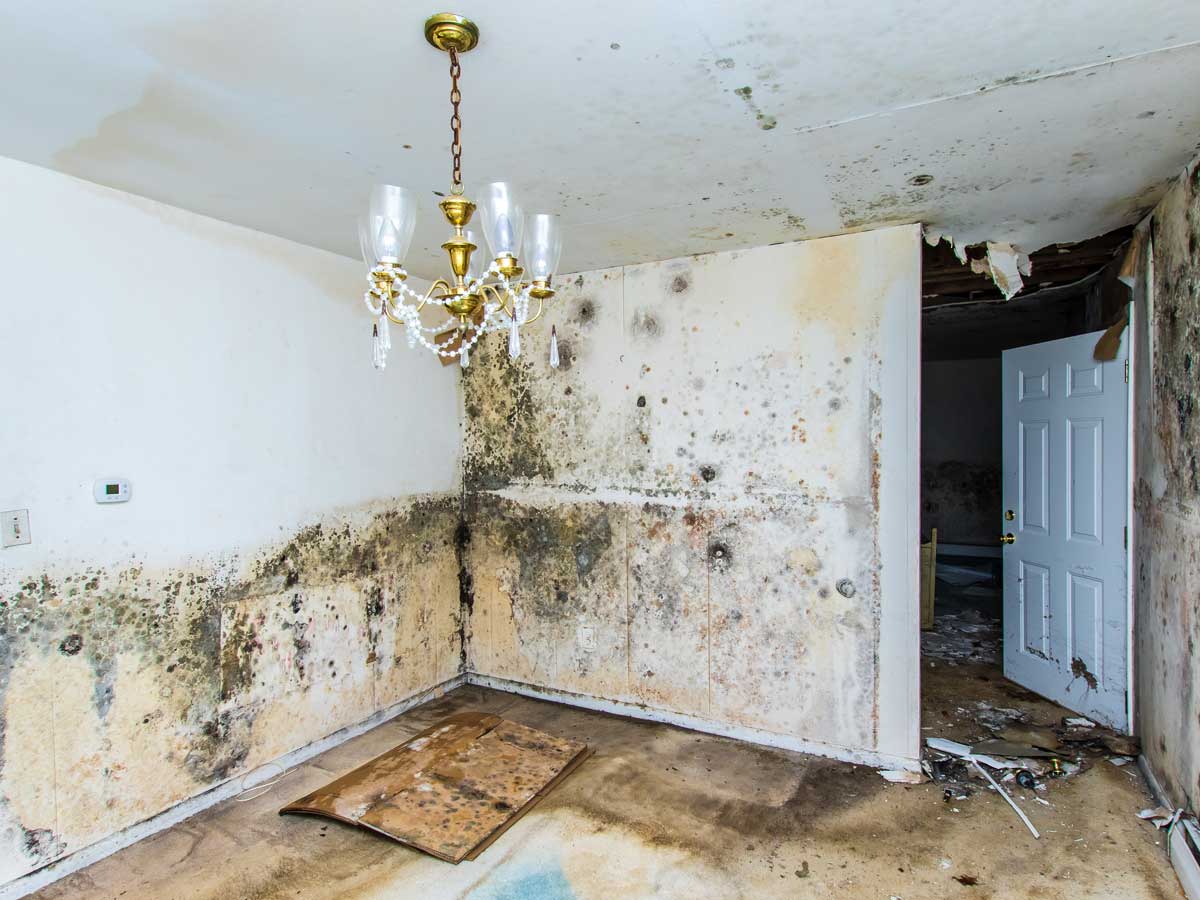Trusted Water Damage Cleanup Services to Restore Your Home’s Safety and Comfort
The Refine of Water Damages Cleanup: Ensuring Your Home Is Recovered Effectively
Water damages can be a challenging obstacle for house owners, demanding a structured and meticulous cleaning procedure to recover safety and functionality. A comprehensive analysis is important to determine the degree of the damage and figure out the proper remediation procedures. Following this, reliable water removal techniques play an essential function in mitigating additional injury. However, the subtleties of drying out, sanitizing, and eventual restoration are similarly crucial and frequently overlooked. Recognizing these stages can make a significant difference in the result of your home's reconstruction, triggering a closer check out what each step requires.
Evaluating the Damages
Upon discovering water damages, the very first action is to extensively evaluate the extent of the effect. This initial examination is vital, as it helps determine the necessary steps for efficient cleaning and remediation. Begin by examining the impacted locations, including walls, ceilings, floors, and personal items, to identify the source of the water intrusion, whether from flooding, leakages, or condensation.
Recording the damages is crucial for both insurance claims and preparing remediation initiatives - damage restoration services. Use pictures and composed notes to record the severity of the damage, noting any type of damaged architectural components and products. Pay special focus to locations that might not be instantly noticeable, such as behind wall surfaces and under rugs, as hidden wetness can lead to additional issues, including mold growth
In addition, analyze the timeline of the water exposure. The longer the materials stay wet, the better the capacity for damages. Comprehending the period of direct exposure will inform the necessity of removal initiatives. Ultimately, an extensive evaluation prepares for a successful water damages clean-up process, making certain that all affected areas are resolved efficiently and extensively.
Water Extraction Methods
Professionals normally utilize completely submersible pumps for larger quantities of water, which can swiftly ease flooding in basements or other impacted areas. For smaller sized amounts, wet/dry vacuum cleaners are commonly made use of to remove recurring moisture from carpetings and difficult surface areas. Furthermore, using mobile extractors permits for targeted elimination in restricted areas or locations with fragile materials.
In circumstances of polluted water, such as sewage or floodwater, progressed extraction strategies might include the usage of biohazard equipment to ensure safety and security and compliance with health laws. High-powered removal tools are important in minimizing water retention in architectural materials, which can lead to mold development and structural wear and tear if not addressed quickly.
Inevitably, the effectiveness of water removal techniques plays a pivotal role in the total success of the water damages cleanup process, laying the foundation for succeeding remediation initiatives.
Drying and Dehumidification
Once standing water has been properly removed, the next critical phase in the water damages cleanup procedure is drying and dehumidification. This step is crucial to avoid additional damages and mold growth, which can happen within 24 to two days in moist environments.
To achieve effective drying, specialized devices such as industrial-grade air movers and dehumidifiers is employed. Air movers distribute air across damp surface areas, boosting evaporation rates, while dehumidifiers decrease moisture degrees airborne, advertising a helpful environment for drying. The combination of these tools makes certain that dampness is extracted from floors, wall surfaces, and home furnishings, enabling them to dry thoroughly.
It is essential to monitor the drying process closely. Specialists frequently make use of moisture meters to evaluate the moisture content in numerous products, guaranteeing that all impacted areas reach acceptable dryness degrees. This thorough technique assists to avoid covert moisture pockets that could lead to architectural damage or undesirable mold growth.

Cleaning and Sterilizing
After the drying and dehumidification phase is full, the next vital action in water damage cleaning is cleaning up and sanitizing the influenced locations. This process is important to stop the growth of mold and mildew, microorganisms, and various other pathogens that thrive in wet settings.
The cleaning stage usually involves removing any type of debris, dust, and impurities from surfaces using specialized cleansing representatives. For difficult surfaces, a mix of soap and water or commercial cleansing products is usually utilized. Soft materials, such as furniture and carpetings, may need much more considerable cleansing techniques, consisting of vapor cleansing or deep extraction strategies, to make sure extensive sanitation.

Disinfecting adheres to cleaning, making use of EPA-approved disinfectants to eliminate damaging microbes. This step is crucial, especially in locations that may have entered call with floodwaters or sewage, as these sources can present serious health threats.
Additionally, it is essential to resolve any remaining odors, which might require the use of odor neutralizers or sophisticated methods like ozone therapy. Appropriate cleaning and sterilizing not only restore the safety and hygiene of your home however likewise prepared for successful remediation and repairs in succeeding phases of the water damages cleanup procedure.
Restoration and Repair Work

When the analysis is complete, restoration efforts can start. Furthermore, flooring might call for similar attention, depending on the level of water direct exposure.
It is vital to involve skilled repair specialists during this procedure, as they possess the proficiency to manage intricate repairs efficiently. They can aid reduce prospective future concerns, such as mold and mildew development or architectural instability, hence ensuring a risk-free and habitable living atmosphere. Inevitably, reliable reconstruction and repair work bring back the home's stability and improve its total worth.
Verdict
To conclude, the process of water damage cleaning is critical soot damage for recovering a home to its pre-damage problem. Each stage, from assessing the damage to implementing effective water extraction methods, complied with by complete drying, sanitizing, and necessary repair work, plays a crucial duty in making certain security and compliance with building standards. Reliable implementation of these steps not only minimizes instant damages however also boosts the lasting stability and value of the residential property.
Water damages can be a difficult challenge for home owners, demanding a precise and organized cleaning process to restore security and review capability. Ultimately, a detailed assessment lays the groundwork for an effective water damage cleaning procedure, making sure that all influenced areas are resolved efficiently and extensively.
Effective water extraction methods are essential in alleviating damage and avoiding additional issues following a water invasion occasion.In final thought, the procedure of water damages cleaning is crucial for bring back a home to its pre-damage problem. Each stage, from examining the damages to applying reliable water removal techniques, complied with by detailed drying, sanitizing, and required repair work, plays a crucial role in making sure security and conformity with building standards.